Social Housing
Social Housing
I have received a lot of follow up questions and comments to my post about social housing and my opinion that vertical social housing is a dying typology including:
What is Vertical Social Housing? Google didn’t return anything obviously useful.
Hi, different anon, but what impact are you referring to when it comes to vertical social housing?
A dying typology? You are wrong
What is Social Housing? Social housing is affordable housing. A key function of social housing is to provide accommodation that is affordable to people on low incomes. Limits to rent increases set by law mean that rents are kept affordable.
Vertical Social Housing brings up images of identical towers like the Pruitt–Igoe complex which was composed of 33 buildings of 11 stories each, located on St. Louis. Its demolition was one of the first demolitions of modernist architecture; postmodern architectural historian Charles Jencks called its destruction “the day Modern architecture died." Its failure is often seen as a direct indictment of the society-changing aspirations of the International school of architecture. [via]

In the United States, policies included "urban renewal” and building of large scale vertical social housing projects. Urban renewal demolished entire neighborhoods in many inner cities to accommodate these projects as a solution to the lack of affordable housing; but in many ways, it was a cause of urban decay rather than a remedy.
This type of architecture segregated and isolated its residents from the cities around them. Effectively trapping them in buildings that quickly deteriorated because of poor maintenance and overcrowding. Like in every typology you find some successful examples but many of these projects have been demolished to be replaced by low rise urban infill projects. The idea is to thread social housing into the tapestry of the city instead of creating isolated pockets.
You can read more on how cities have tried to redirect their efforts to provide affordable housing in books like Comeback Cities: A Blueprint for Urban Neighborhood Revival and American Project.
Architecture should not reinforce the old stigma of living in social housing, and architects should find the joy in tight budgets, limited briefs, and seemingly mundane programs.
Here are some recent successful examples of low-rise social housing:

Le Lorrain – Brussels, Belgium

Honeycomb Apartments – Izola, Slovenia

Monterrey Housing – Nuevo León, Mexico

Vivazz, Mieres Social Housing – Asturias, Spain

Tête en l’air Social Housing – Paris, France
More Posts from Alexschi and Others

Having a huge number of books is not exactly about reading them all — it’s about having the possibility of reading them all. — Michael Lipsey

“By 1970, the Knights of Walpurgis (later renamed the “Death Eaters”) were an organisation formed of people Tom Marvolo Riddle knew from his time at Hogwarts School of Witchcraft and Wizardry as well as their relations. Nearly all of those recruited were from Slytherin House as students.”


Far over the Misty Mountains grim, To dungeons deep and caverns dim, We must away, ere break of day, To win our harps and gold from him!

Parker Solar Probe is Go for Launch
Tomorrow, Aug. 11, we’re launching a spacecraft to touch the Sun.

The first chance to launch Parker Solar Probe is 3:33 a.m. EDT on Aug. 11 from Space Launch Complex 37 at Cape Canaveral Air Force Station in Florida. Launch coverage on NASA TV starts at 3 a.m. EDT at nasa.gov/live.
After launch, Parker Solar Probe begins its daring journey to the Sun’s atmosphere, or corona, going closer to the Sun than any spacecraft in history and facing brutal heat and radiation.
Though Parker Solar Probe weighs a mere 1,400 pounds — pretty light for a spacecraft — it’s launching aboard one of the world’s most powerful rockets, a United Launch Alliance Delta IV Heavy with a third stage added.

Even though you might think the Sun’s massive means things would just fall into it, it’s surprisingly difficult to actually go there. Any object leaving Earth starts off traveling at about 67,000 miles per hour, same as Earth — and most of that is in a sideways direction, so you have to shed most of that sideways speed to make it to the Sun. All that means that it takes 55 times more launch energy to go to the Sun than it does to go to Mars. On top of its powerful launch vehicle, Parker Solar Probe will use seven Venus gravity assists to shed sideways speed.
Even though Parker Solar Probe will lose a lot of sideways speed, it’ll still be going incredibly fast as its orbit draws closer to the Sun throughout its seven-year mission. At its fastest, Parker Solar Probe will travel at 430,000 miles per hour — fast enough to get from Philadelphia to Washington, D.C. in one second — setting the record for the fastest spacecraft in history.

But the real challenge was to keep the spacecraft from frying once it got there.
We’ve always wanted to send a mission to the corona, but we literally haven’t had the technology that can protect a spacecraft and its instruments from its scorching heat. Only recent advances have enabled engineers to build a heat shield that will protect the spacecraft on this journey of extremes — a tricky feat that requires withstanding the Sun’s intense radiation on the front and staying cool at the back, so the spacecraft and instruments can work properly.

The 4.5-inches-thick heat shield is built like a sandwich. There’s a thin layer of carbon material like you might find in your golf clubs or tennis rackets, carbon foam, and then another thin piece of carbon-carbon on the back. Even while the Sun-facing side broils at 2,500 degrees Fahrenheit, the back of the shield will remain a balmy 85 degrees — just above room temperature. There are so few particles in this region that it’s a vacuum, so blocking the Sun’s radiation goes a long way towards keeping the spacecraft cool.
Parker Solar Probe is also our first mission to be named after a living individual: Dr. Eugene Parker, famed solar physicist who in 1958 first predicted the existence of the solar wind.

“Solar wind” is what Dr. Parker dubbed the stream of charged particles that flows constantly from the Sun, bathing Earth and our entire solar system in the Sun’s magnetic fields. Parker Solar Probe’s flight right through the corona allows it to observe the birth of the very solar wind that Dr. Parker predicted, right as it speeds up and over the speed of sound.

The corona is where solar material is heated to millions of degrees and where the most extreme eruptions on the Sun occur, like solar flares and coronal mass ejections, which fling particles out to space at incredible speeds near the speed of light. These explosions can also spark space weather storms near Earth that can endanger satellites and astronauts, disrupt radio communications and, at their most severe, trigger power outages.

Thanks to Parker Solar Probe’s landmark mission, solar scientists will be able to see the objects of their study up close and personal for the very first time.
Up until now, all of our studies of the corona have been remote — that is, taken from a distance, rather than at the mysterious region itself. Scientists have been very creative to glean as much as possible from their remote data, but there’s nothing like actually sending a probe to the corona to see what’s going on.

And scientists aren’t the only ones along for the adventure — Parker Solar Probe holds a microchip carrying the names of more than 1.1 million people who signed up to send their name to the Sun. This summer, these names and 1,400 pounds of science equipment begin their journey to the center of our solar system.
Three months later in November 2018, Parker Solar Probe makes its first close approach to the Sun, and in December, it will send back the data. The corona is one of the last places in the solar system where no spacecraft has visited before; each observation Parker Solar Probe makes is a potential discovery.
Stay tuned — Parker Solar Probe is about to take flight.
Keep up with the latest on the mission at nasa.gov/solarprobe or follow us on Twitter and Facebook.
Make sure to follow us on Tumblr for your regular dose of space: http://nasa.tumblr.com.
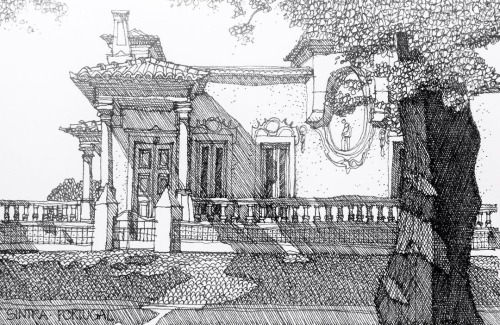
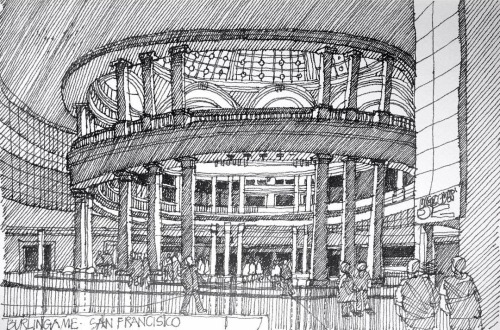
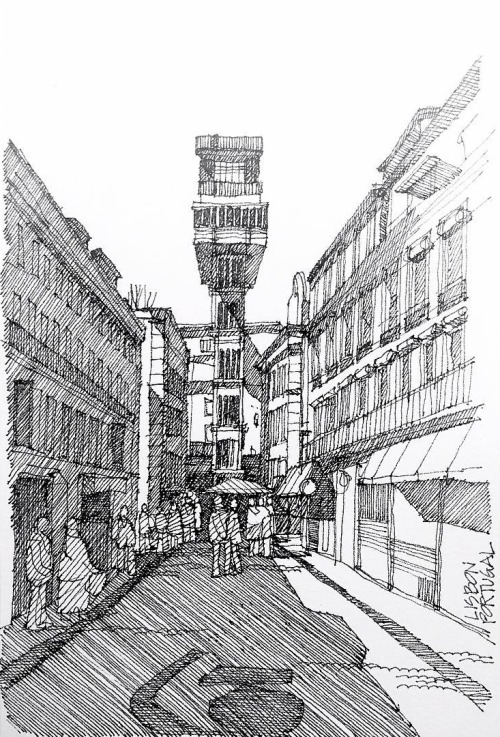
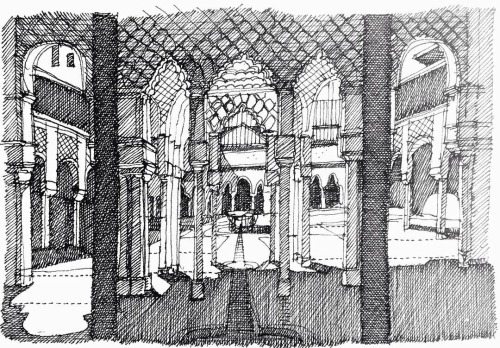
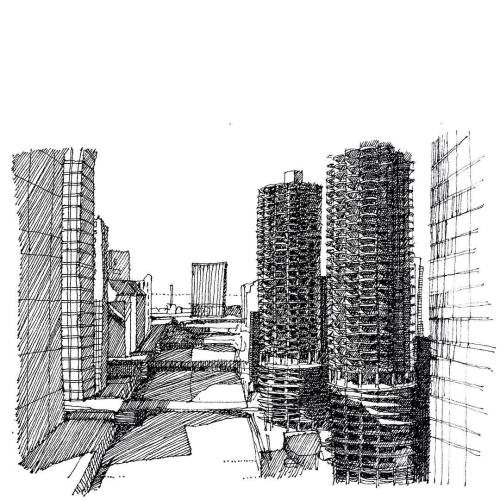
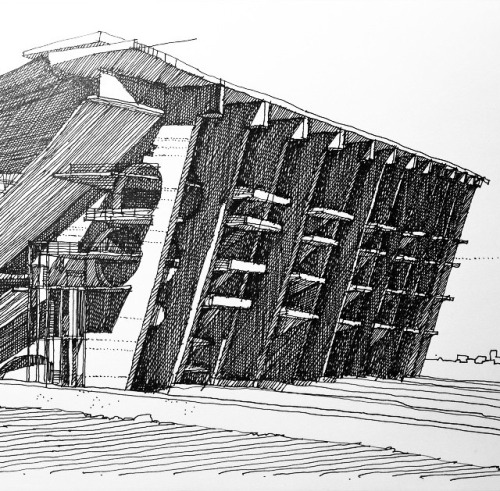
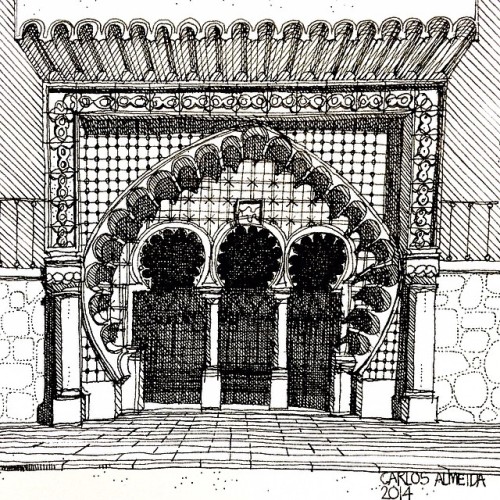
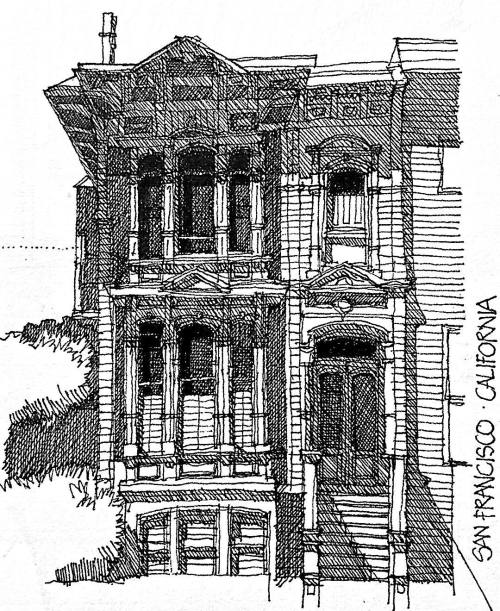
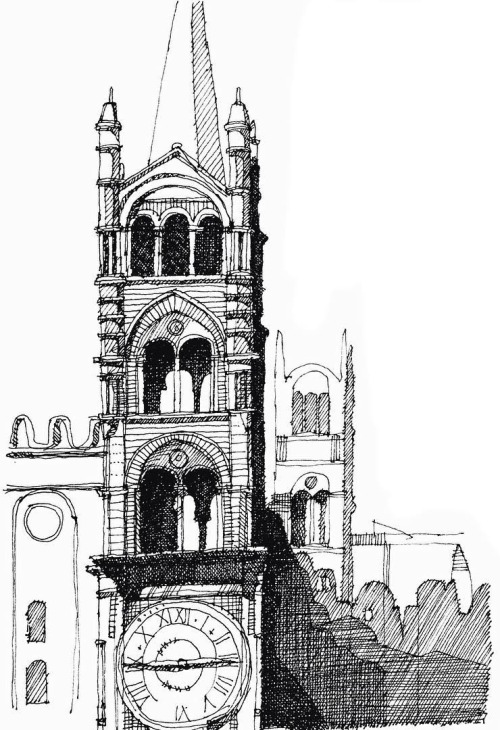

sketchviews Carlos Almeida


Extreme Kayaking, South Africans Steve Fisher and Dale Jardine and American Sam Drevo paddled up to the lip of the mile-wide Victoria Falls - the largest waterfall in the world - on a little reccy and ended up staring into the abyss. By: Rob Leigh






Miner Road House, San Francisco by Faulkner Architects | Photography by Joe Fletcher

Peter Jackson’s “The Hobbit: An Unexpected Journey” Review : The New Yorker
-
 iwouldlovetobe reblogged this · 4 years ago
iwouldlovetobe reblogged this · 4 years ago -
 aliaakeralis liked this · 7 years ago
aliaakeralis liked this · 7 years ago -
 arch-atlas reblogged this · 8 years ago
arch-atlas reblogged this · 8 years ago -
 thiscaribbean-thing reblogged this · 9 years ago
thiscaribbean-thing reblogged this · 9 years ago -
 purplehost reblogged this · 9 years ago
purplehost reblogged this · 9 years ago -
 socialpants reblogged this · 9 years ago
socialpants reblogged this · 9 years ago -
 terrsc liked this · 9 years ago
terrsc liked this · 9 years ago -
 miniar reblogged this · 9 years ago
miniar reblogged this · 9 years ago -
 explainittomesimply liked this · 9 years ago
explainittomesimply liked this · 9 years ago -
 pxnklite liked this · 9 years ago
pxnklite liked this · 9 years ago -
 2getgeorge reblogged this · 9 years ago
2getgeorge reblogged this · 9 years ago -
 emperor-409 reblogged this · 9 years ago
emperor-409 reblogged this · 9 years ago -
 emperor-409 liked this · 9 years ago
emperor-409 liked this · 9 years ago -
 alexschi reblogged this · 9 years ago
alexschi reblogged this · 9 years ago -
 alexschi liked this · 9 years ago
alexschi liked this · 9 years ago -
 n0tevenclose-blog1 liked this · 9 years ago
n0tevenclose-blog1 liked this · 9 years ago -
 irsyadabdkhalid liked this · 9 years ago
irsyadabdkhalid liked this · 9 years ago -
 the-design-world reblogged this · 9 years ago
the-design-world reblogged this · 9 years ago -
 lerenor reblogged this · 9 years ago
lerenor reblogged this · 9 years ago -
 latenightcoffeeblog reblogged this · 9 years ago
latenightcoffeeblog reblogged this · 9 years ago -
 nickvinsky liked this · 9 years ago
nickvinsky liked this · 9 years ago -
 chepstk7 liked this · 9 years ago
chepstk7 liked this · 9 years ago -
 enthusiastic-zombie liked this · 9 years ago
enthusiastic-zombie liked this · 9 years ago -
 dieintherain reblogged this · 9 years ago
dieintherain reblogged this · 9 years ago -
 baikspace liked this · 9 years ago
baikspace liked this · 9 years ago -
 mike13anthony liked this · 9 years ago
mike13anthony liked this · 9 years ago -
 jackedjacket reblogged this · 9 years ago
jackedjacket reblogged this · 9 years ago -
 pelias-et-ylesias liked this · 9 years ago
pelias-et-ylesias liked this · 9 years ago -
 pelias-et-ylesias reblogged this · 9 years ago
pelias-et-ylesias reblogged this · 9 years ago -
 sechsneun reblogged this · 9 years ago
sechsneun reblogged this · 9 years ago -
 sauvey liked this · 9 years ago
sauvey liked this · 9 years ago -
 celineloris liked this · 9 years ago
celineloris liked this · 9 years ago -
 archi-tec-tural reblogged this · 9 years ago
archi-tec-tural reblogged this · 9 years ago